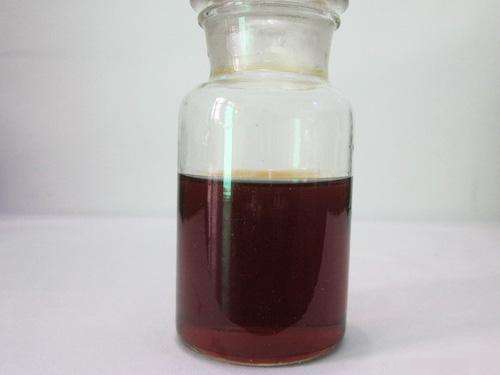hydrolyzed polyacrylamide
Hydrolyzed Polyacrylamide An Overview
Hydrolyzed polyacrylamide (HPAM) is a water-soluble polymer that has gained significant attention in various fields due to its unique properties and versatility. It is created through the hydrolysis of polyacrylamide, a synthetic polymer comprised of acrylamide monomers. The hydrolysis process introduces polar functional groups, leading to increased solubility in water and altering its characteristics significantly. This article delves into the nature, production methods, applications, and environmental considerations regarding hydrolyzed polyacrylamide.
Properties of Hydrolyzed Polyacrylamide
The primary feature of hydrolyzed polyacrylamide is its ability to dissolve in water, making it an excellent agent for a range of processes. HPAM exhibits high viscosity, which can be beneficial in applications that require thickening or gel formation. The degree of hydrolysis (the percentage of acrylamide units converted to carboxylic acid groups) significantly affects its properties; higher hydrolysis typically results in increased viscosity and changes in interactivity with various substrates.
Another important characteristic is its ability to form gels, which is vital in many applications, such as enhanced oil recovery. The presence of functional groups enhances the polymer's ability to interact with metal ions, other polymers, and various compounds, further widening its application spectrum.
Production Methods
The production of hydrolyzed polyacrylamide involves several steps. First, polyacrylamide is synthesized through radical polymerization of acrylamide monomers under controlled conditions. Once the polyacrylamide base is created, hydrolysis occurs either through chemical means (using an alkali or acid) or enzymatic processes. The extent of hydrolysis is meticulously controlled to achieve the desired properties for specific applications.
This biphasic approach—first to create a polymer base and then to hydrolyze it—ensures that HPAM possesses the necessary functional characteristics that can be fine-tuned according to user requirements
.Applications of Hydrolyzed Polyacrylamide
hydrolyzed polyacrylamide

Hydrolyzed polyacrylamide’s applications span multiple industries, showcasing its versatility.
1. Oil Recovery One of the most significant uses of HPAM is in enhanced oil recovery (EOR). It is utilized in water flooding operations, where its high viscosity helps improve the sweep efficiency of water in oil reservoirs, thereby optimizing oil extraction.
2. Water Treatment HPAM serves as a flocculant in wastewater treatment processes. Its ability to aid in the aggregation of suspended particles facilitates the clarification of water, making it safer for release into the environment or for reuse.
3. Agriculture In agriculture, hydrolyzed polyacrylamide is used as a soil conditioner. It enhances soil structure, improves water retention, and minimizes erosion, leading to increased crop yields and sustainable agricultural practices.
4. Cosmetics The cosmetic industry leverages HPAM for its thickening and stabilizing properties in various formulations. Its ability to provide a smooth texture and enhance product performance has made it a common ingredient in lotions and creams.
5. Mining and Drilling HPAM is widely used in the mining sector for mineral processing and in drilling fluids for oil and gas extraction. It helps in controlling fluid properties, promoting sedimentation, and stabilizing boreholes.
Environmental Considerations
While hydrolyzed polyacrylamide is widely regarded as safe and efficient, it is essential to consider its environmental impact. As a synthetic polymer, the biodegradation of HPAM is a critical issue; however, research is ongoing to develop more eco-friendly alternatives and methods to enhance its breakdown in natural settings. Moreover, monitoring the application rates and ensuring compliance with environmental regulations can mitigate potential risks.
In conclusion, hydrolyzed polyacrylamide stands out as a multifunctional polymer with a rising profile in various industries. Its unique properties and extensive applications underscore the need for further research and innovation in production methods, environmental impact assessments, and alternative formulations. As industries continue to adapt to changing environmental considerations, hydrolyzed polyacrylamide may play a pivotal role in achieving both efficiency and sustainability.
-
Understanding Polycarboxylic Acids: Properties, Applications, and Future PotentialNewsJul.28,2025
-
Scale Inhibitor Explained: How to Protect Your System from Limescale and Hard Water DamageNewsJul.28,2025
-
Scale and Corrosion Inhibitors: Essential Chemicals for Industrial Water System ProtectionNewsJul.28,2025
-
Polyaspartic Acid: A Biodegradable Polymer for Sustainable ChemistryNewsJul.28,2025
-
Isothiazolinones: A Versatile Antimicrobial Class with Industrial Power and Regulatory ChallengesNewsJul.28,2025
-
A Deep Dive into 2-Phosphonobutane-1,2,4-Tricarboxylic Acid (PBTC)NewsJul.28,2025





